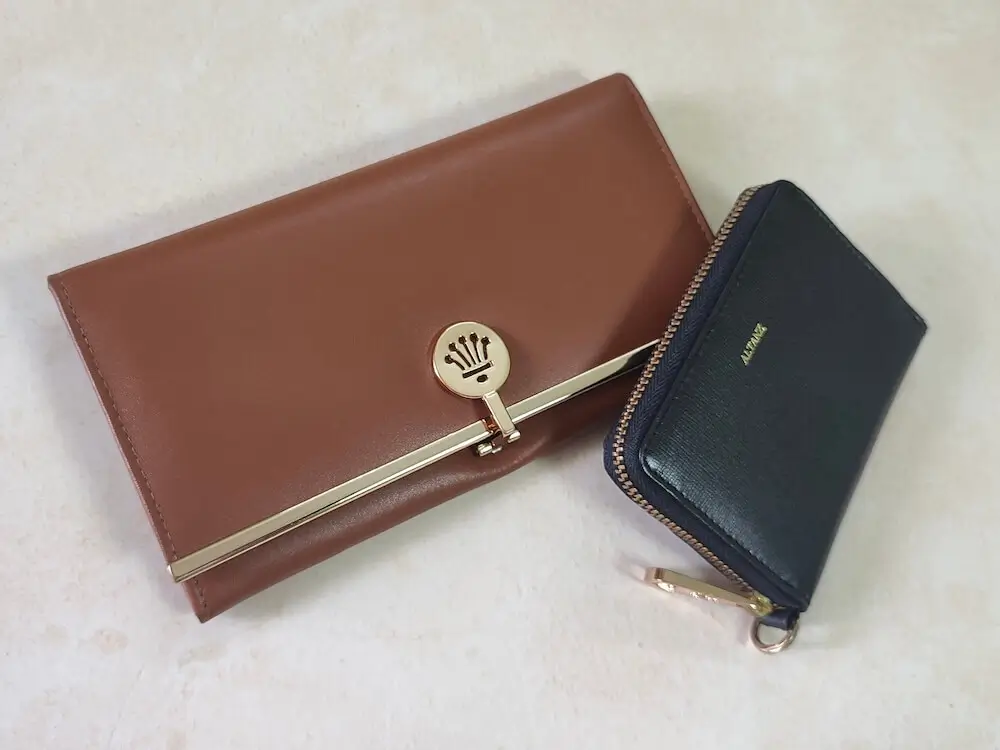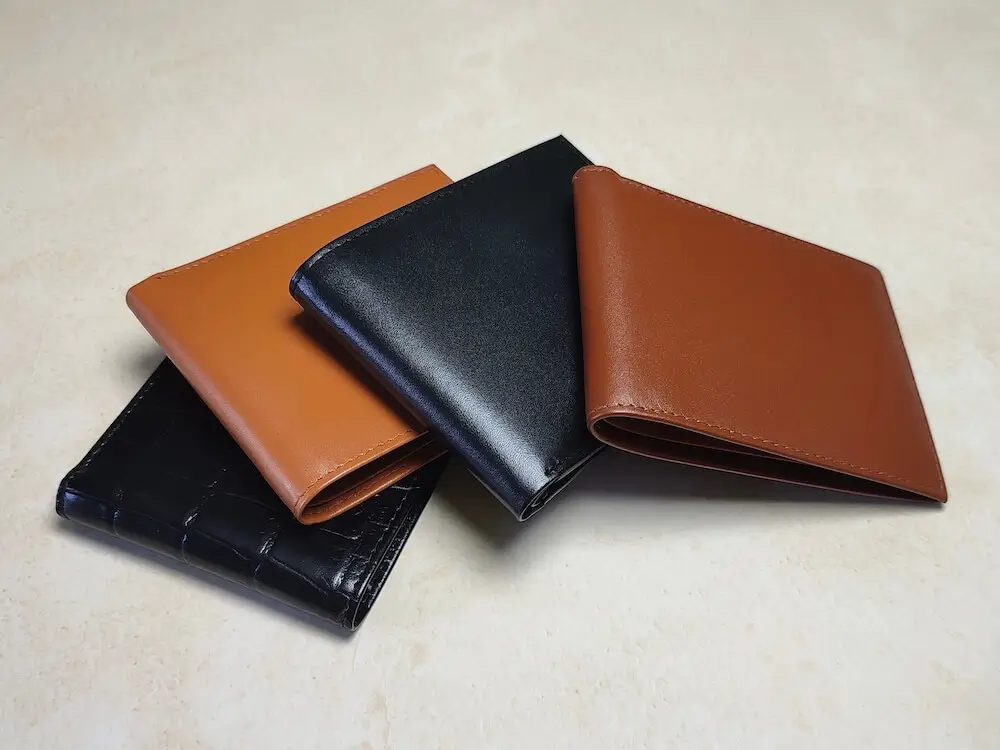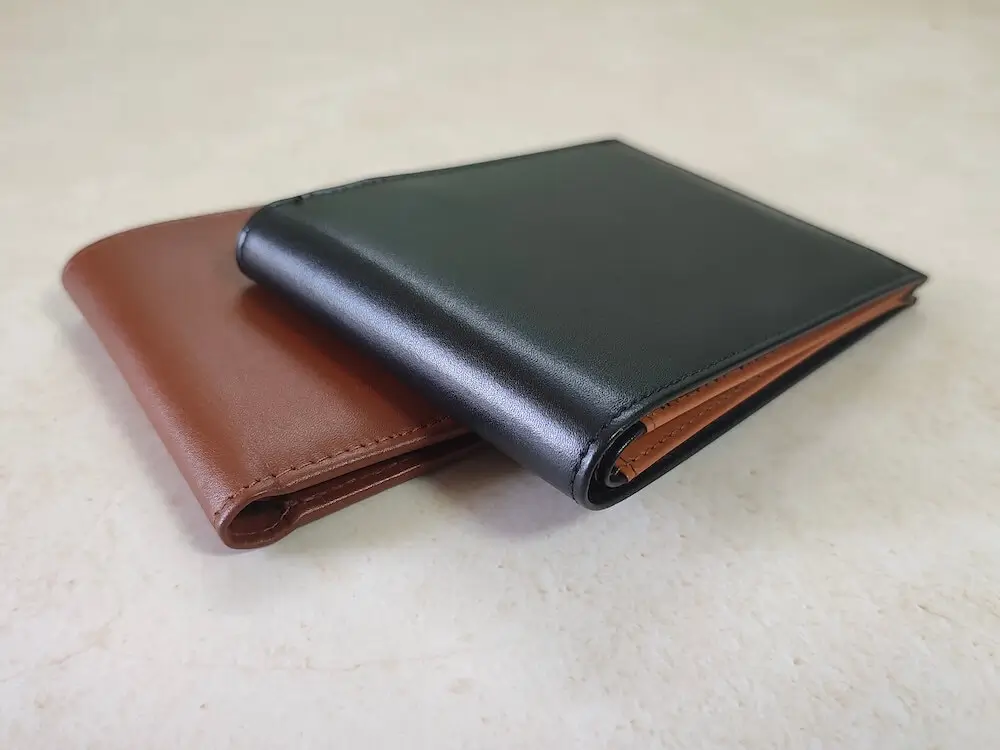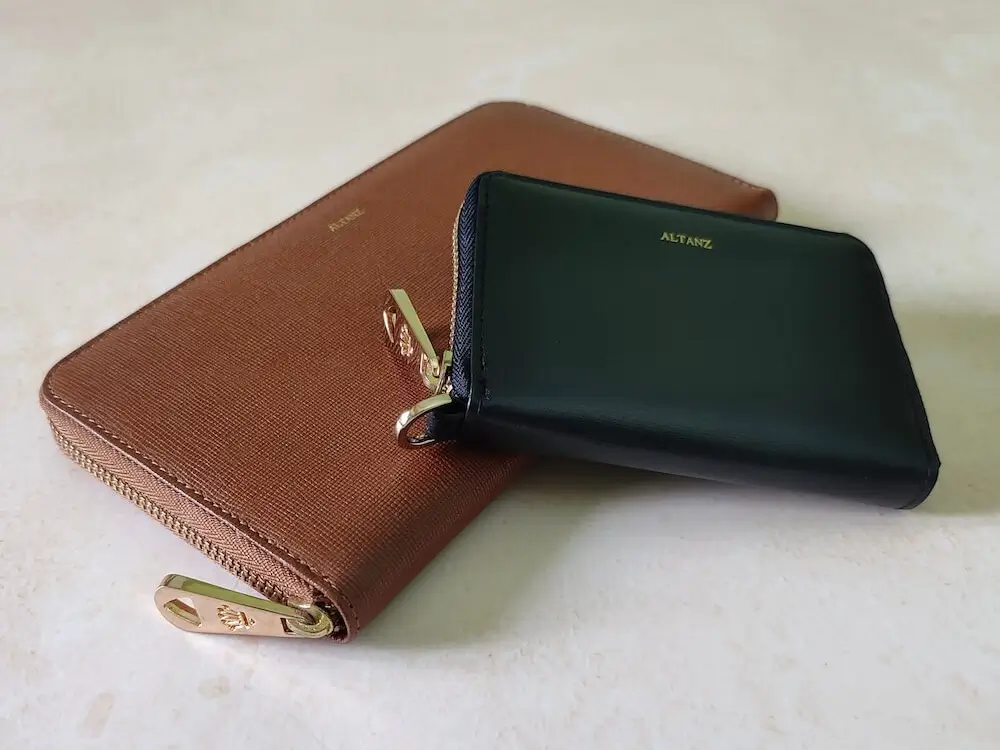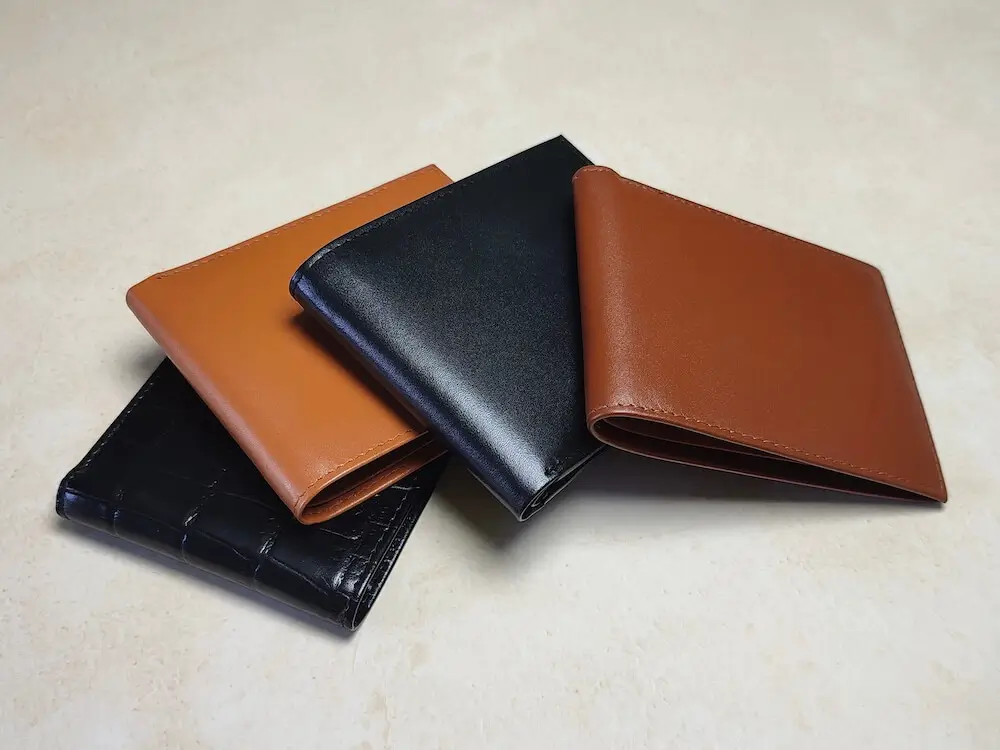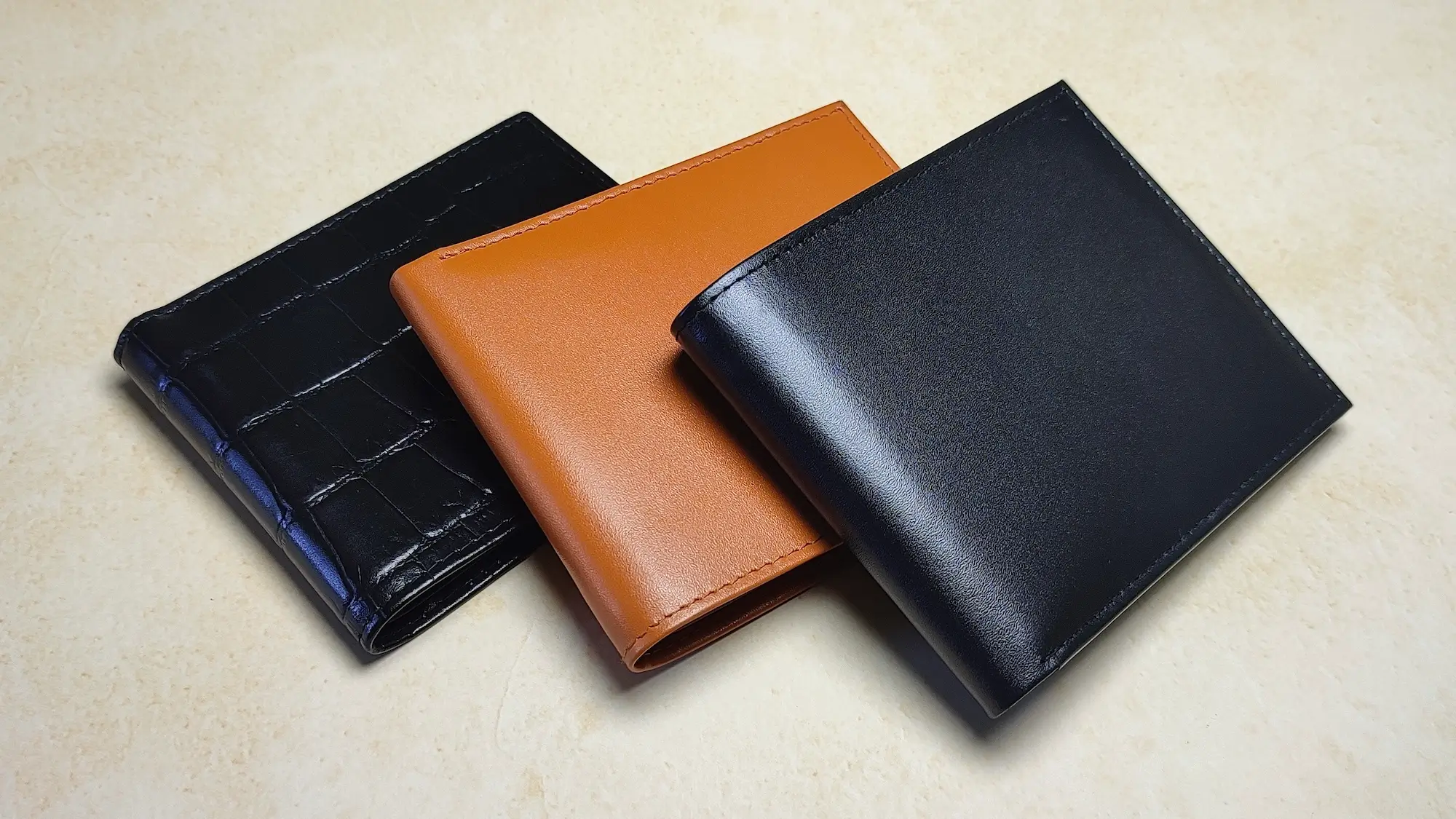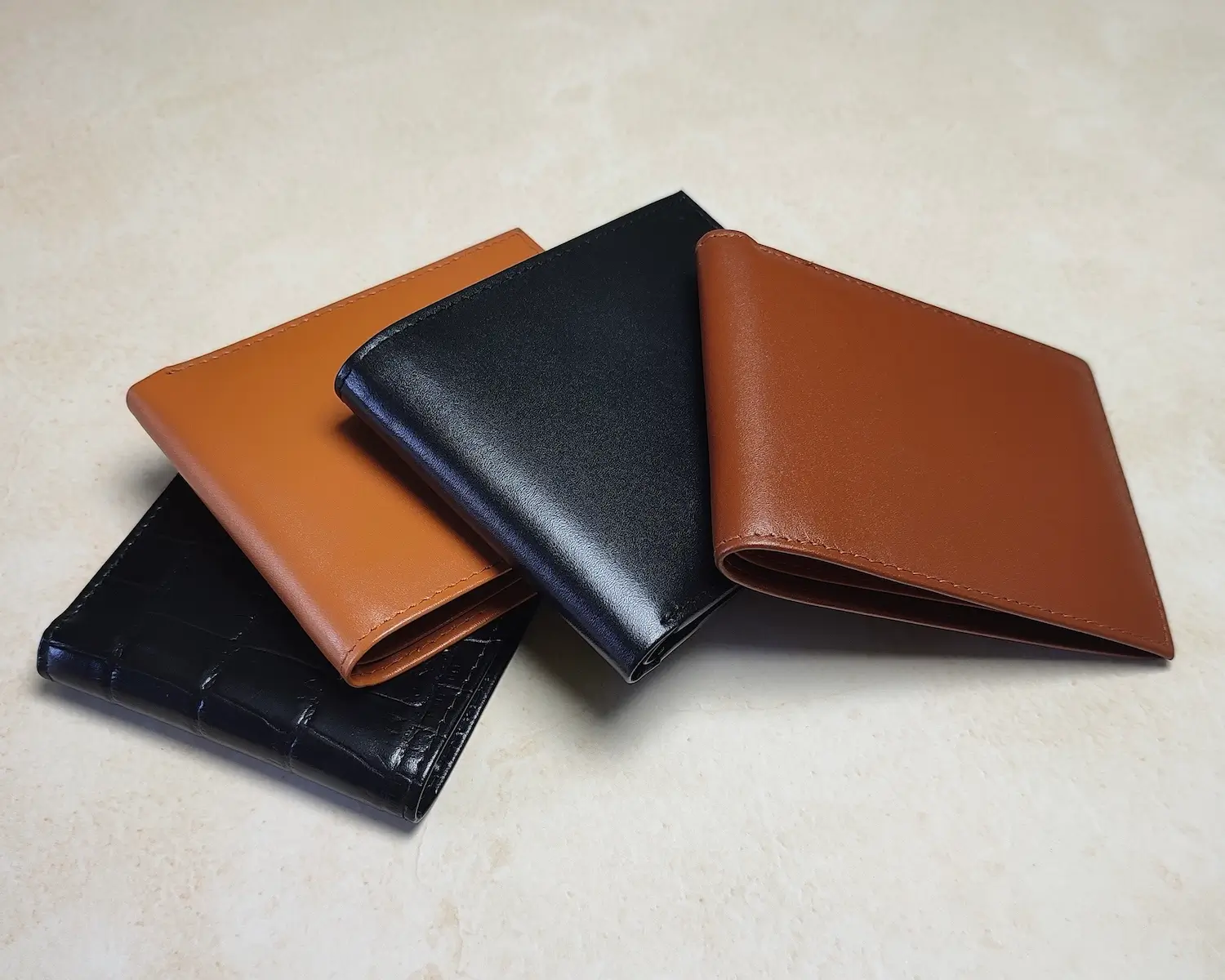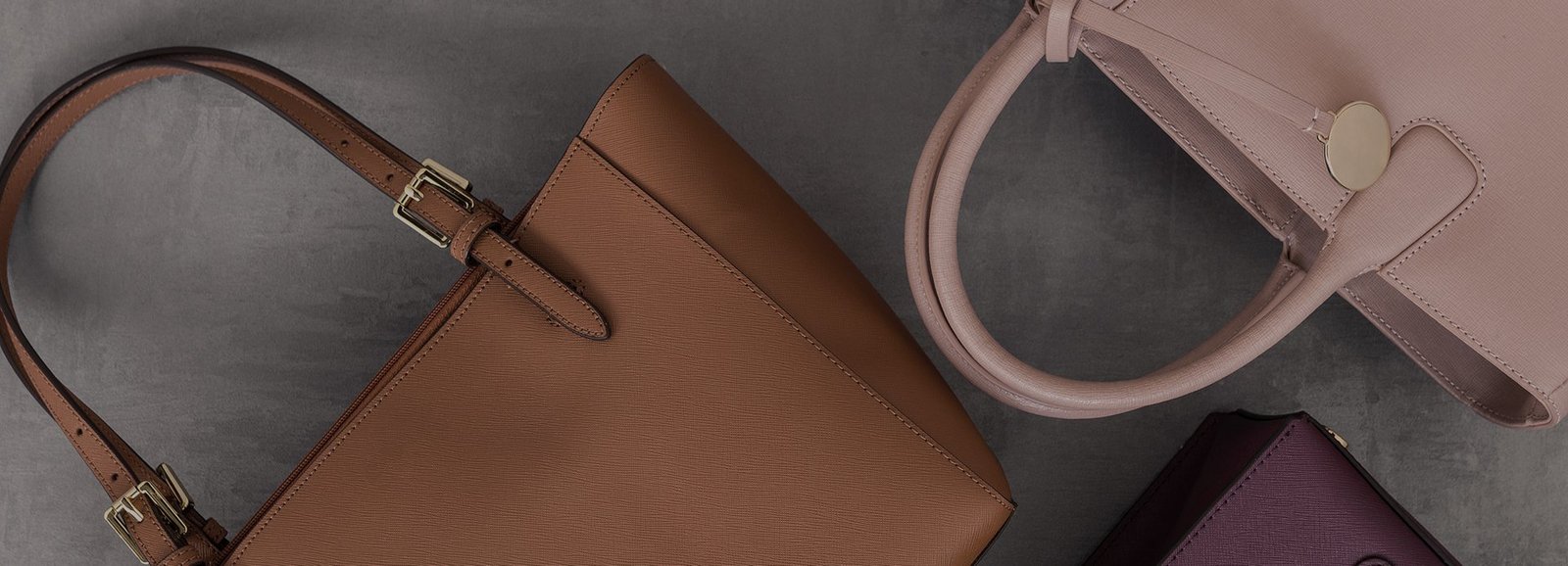Craftsmanship & Heritage, Style
Leather Glossary: Essential Terms Every Leather Enthusiast Should Know
Introduction
The world of leather is rich with unique materials, specialized processes, and intricate craftsmanship. Whether you’re a seasoned leather enthusiast or someone looking to invest in high-quality goods, understanding the language of leather is key.
This glossary breaks down essential leather terms to help you make informed decisions and deepen your appreciation for this timeless material.
Types of Leather
Not all leather is created equal. The type of leather determines its quality, durability, and appearance.
Full-Grain Leather
Definition:
Full-grain leather is made from the outermost layer of the hide and retains its natural grain.
Features:
- Considered the highest quality of leather.
- Resistant to wear and develops a rich patina over time.
Common Uses:
- Premium wallets, bags, belts, and furniture.
Top-Grain Leather
Definition:
Top-grain leather is sanded to remove imperfections and then treated for a smoother finish.
Features:
- Slightly less durable than full-grain leather but still high-quality.
- Offers a sleek, polished appearance.
Common Uses:
- Fashion accessories and upholstery.
Genuine Leather
Definition:
A term used for leather made from the lower layers of the hide, often processed to look uniform.
Misconceptions:
- While genuine leather is real leather, it’s lower in quality than full-grain or top-grain leather.
Applications:
- Budget-friendly products such as belts and handbags.
Split-Grain Leather
Definition:
This leather comes from the lower layers of the hide after the top layers have been removed.
Features:
- Less durable and often finished with synthetic coatings to enhance its appearance.
Applications:
- Suede and other soft, textured products.
Exotic Leather
Definition:
Leather derived from rare animals such as crocodiles, alligators, ostriches, and stingrays.
Features:
- Unique textures and patterns that exude luxury.
- Highly durable but expensive due to rarity and craftsmanship.
Common Uses:
- High-end handbags, wallets, and watch straps.
Leather Finishes
Leather finishes determine its final appearance and how it feels to the touch.
Aniline Leather
Definition:
Natural leather treated with transparent dyes that enhance its original texture and imperfections.
Features:
- Soft and supple, with no surface coatings.
- Prone to staining and requires careful maintenance.
Semi-Aniline Leather
Definition:
Lightly treated leather with a thin protective coating.
Features:
- Maintains the natural look of leather while offering increased durability.
Applications:
- Furniture, car interiors, and luxury bags.
Pigmented Leather
Definition:
Heavily coated leather with pigmented dyes for a uniform look.
Features:
- Durable and stain-resistant but lacks the natural texture of aniline leather.
Common Uses:
- Upholstery, automotive seats, and mass-produced goods.
Nubuck and Suede
Nubuck:
- Sanded on the grain side for a velvety texture.
- More durable than suede.
Suede:
- Made from the flesh side of the hide, offering a soft, textured feel.
- Prone to staining and wear.
Applications:
- Shoes, jackets, and accessories.
Tanning Processes
The tanning process transforms raw hides into durable leather, each method producing unique results.
Vegetable Tanning
Definition:
A natural process using plant-based tannins from bark, leaves, or roots.
Features:
- Eco-friendly and produces leather with a rich patina.
- Takes longer to produce than other methods.
Applications:
- Belts, wallets, and artisanal goods.
Chrome Tanning
Definition:
An industrial tanning method using chromium salts.
Features:
- Faster and more cost-effective than vegetable tanning.
- Creates softer, more pliable leather.
Applications:
- Clothing, upholstery, and accessories requiring flexibility.
Combination Tanning
Definition:
A hybrid process blending vegetable and chrome tanning techniques.
Features:
- Combines the durability of vegetable tanning with the softness of chrome tanning.
- Versatile and used in a wide range of products.
Leather Textures and Treatments
The surface texture of leather can be natural or altered to suit various aesthetics and functions.
Embossed Leather
Definition:
Leather pressed with patterns or textures to mimic exotic skins or decorative designs.
Applications:
- Handbags, wallets, and decorative items.
Distressed Leather
Definition:
Leather treated to give it a worn, vintage appearance.
Features:
- Popular in casual and rugged styles.
Common Uses:
- Jackets, boots, and bags.
Patent Leather
Definition:
Leather with a high-gloss finish achieved through the application of lacquers.
Applications:
- Formal shoes, handbags, and accessories.
Buffed Leather
Definition:
Leather that has been sanded to achieve a smooth or rough surface finish.
Uses:
- Casual footwear and belts.
Leather Care and Maintenance Terms
Proper care ensures that your leather goods retain their beauty and functionality for years. Here are key terms you should know:
Conditioning
Definition:
The process of applying a leather conditioner to keep the material soft, hydrated, and crack-free.
Why It’s Essential:
- Prevents dryness and brittleness.
- Prolongs the life of your leather products.
Patina
Definition:
A natural sheen or darkening that develops on leather over time due to exposure to light, oils, and regular use.
Features:
- Unique to each item, enhancing its character.
- Most visible on full-grain and vegetable-tanned leather.
Waterproofing
Definition:
Treatments applied to leather to make it resistant to water and moisture.
Methods:
- Using specialized sprays or waxes designed for leather.
Applications:
- Ideal for shoes, bags, and outdoor leather goods.
Cleaning Products
Definition:
Leather-safe cleaners that remove dirt, stains, and grime without damaging the material.
Best Practices:
- Always test on a small, hidden area before applying to the entire surface.
- Avoid harsh chemicals that can strip the leather of its natural oils.
Leather Accessories and Parts
High-quality leather goods often feature additional elements that enhance their functionality and style.
Edge Finishing
Definition:
The process of sealing and polishing the edges of leather to prevent fraying and add a polished look.
Methods:
- Burnishing: Using friction to create a smooth, shiny edge.
- Painting: Applying edge paint for a uniform finish.
Stitching
Definition:
The technique used to join pieces of leather together.
Types:
- Saddle Stitching: A hand-stitching method known for its durability and precision.
- Machine Stitching: Faster but less durable than saddle stitching.
Hardware
Definition:
The metal components in leather goods, such as zippers, buckles, rivets, and clasps.
Quality Indicators:
- Made from stainless steel, brass, or other durable metals.
- Resistant to tarnishing and corrosion.
Common Leather Terminology
Understanding commonly used leather terms can help you navigate the market with confidence.
Hide vs. Skin
- Hide: Refers to the entire, larger piece of leather, typically from animals like cows or buffalo.
- Skin: Smaller pieces of leather, often sourced from goats, lambs, or reptiles.
Grain
Definition:
The surface pattern of leather, which can be natural or altered.
Types:
- Open Grain: Visible pores that highlight the leather’s natural texture.
- Closed Grain: A smooth surface, often achieved through sanding and finishing.
- Corrected Grain: Altered to remove imperfections, often coated for a uniform look.
Pull-Up Effect
Definition:
A visual effect that occurs when leather is bent or stretched, revealing lighter tones beneath the surface.
Features:
- Common in high-quality aniline leather.
- Adds character and depth to the material.
Hand
Definition:
The way leather feels to the touch, including softness, firmness, and texture.
Types:
- Soft and supple for luxury items like handbags.
- Firm and sturdy for belts or straps.
Conclusion
Understanding leather terminology empowers you to make informed choices when purchasing leather goods. From recognizing different types of leather to appreciating the craftsmanship and care that go into each piece, this knowledge enhances your ability to find high-quality products that suit your needs and style.
By familiarizing yourself with this glossary, you’ll not only deepen your appreciation for leather but also navigate the market with confidence and ease.
FAQs About Leather Terminology
-
What is the difference between full-grain and top-grain leather?
Full-grain leather is made from the outermost layer of the hide, retaining its natural grain for maximum durability. Top-grain leather is sanded and treated to remove imperfections, offering a smoother, more uniform appearance. -
How does vegetable tanning differ from chrome tanning?
Vegetable tanning uses natural plant-based tannins, producing eco-friendly leather with a firm texture. Chrome tanning relies on chromium salts for a softer, more pliable finish. -
What’s the meaning of “patina” in leather?
Patina refers to the unique sheen or darkening that develops on leather over time, adding character and enhancing its aesthetic. -
Is genuine leather considered high-quality?
Genuine leather is real but ranks lower in quality compared to full-grain and top-grain leather. It is often processed and treated, making it less durable. -
What’s the best way to identify authentic leather terms when shopping?
Look for clear descriptions, certifications, and knowledge of the tanning and grading processes. High-quality retailers often provide detailed information about their leather goods.
FAQ : Frequently Asked Questions
Leather Glossary: Essential Terms Every Leather Enthusiast Should Know
Answer:
Full-grain leather is made from the outermost layer of the hide, retaining its natural grain for maximum durability. Top-grain leather is sanded and treated to remove imperfections, offering a smoother, more uniform appearance.
Answer:
Vegetable tanning uses natural plant-based tannins, producing eco-friendly leather with a firm texture. Chrome tanning relies on chromium salts for a softer, more pliable finish.
Answer:
Patina refers to the unique sheen or darkening that develops on leather over time, adding character and enhancing its aesthetic.
Answer:
Genuine leather is real but ranks lower in quality compared to full-grain and top-grain leather. It is often processed and treated, making it less durable.
Answer:
Look for clear descriptions, certifications, and knowledge of the tanning and grading processes. High-quality retailers often provide detailed information about their leather goods.



